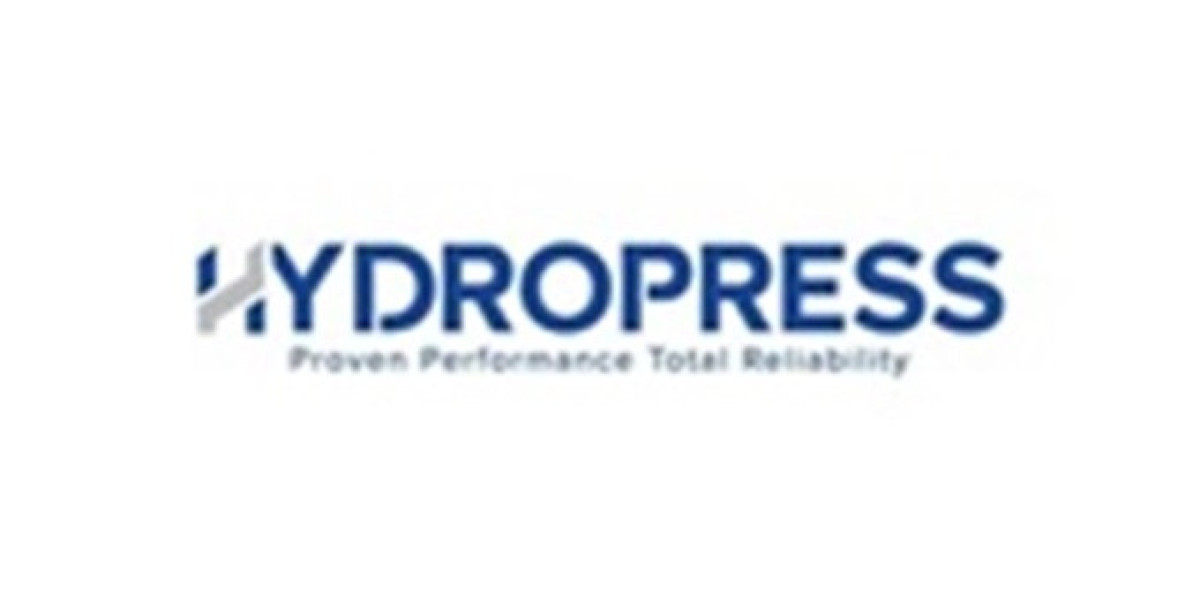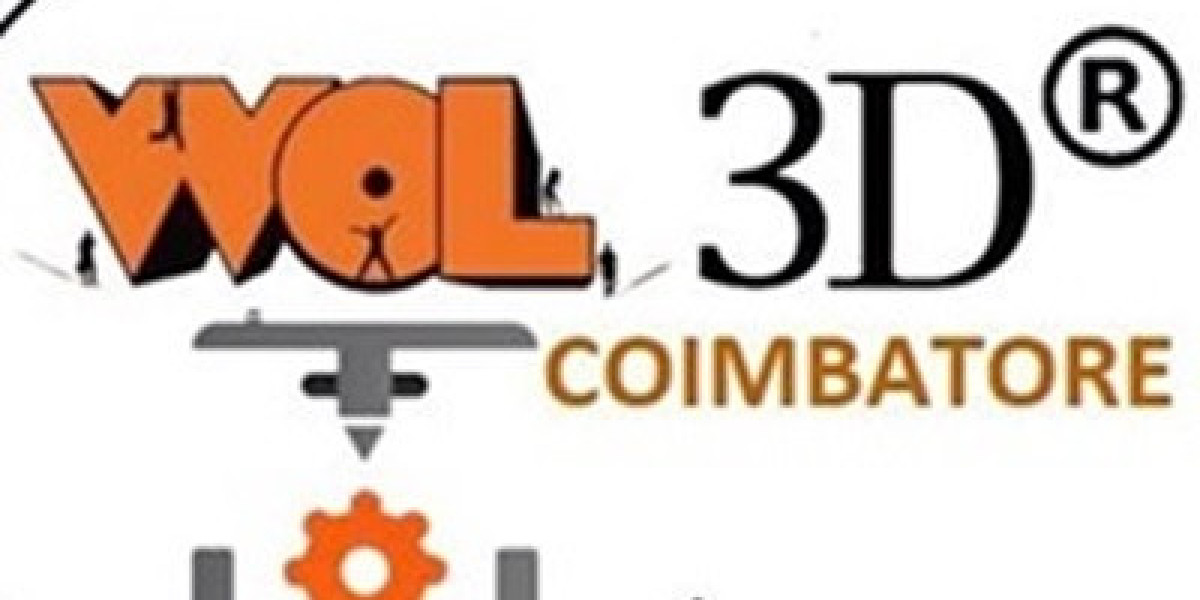The applications of custom tooling design are vast, spanning industries such as automotive, packaging, consumer electronics, and medical devices. As technology continues to advance, custom tooling design will remain a key driver of innovation and improvement in ultrasonic welding processes
Introduction
Ultrasonic welding has revolutionized the manufacturing industry by offering a highly efficient, precise, and cost-effective method for joining plastic materials. This technique is widely used in automotive, aerospace, packaging, consumer electronics, and medical device manufacturing. One of the key factors in achieving optimal results with ultrasonic welding is the design of custom tooling. Specialized tooling designs, such as custom horn designs, fixtures, and molds, play a crucial role in optimizing the welding process for different plastic materials and part geometries. This article explores the importance of custom tooling design in plastic ultrasonic welding, the challenges involved, and the solutions that can be implemented to enhance
plastic welding outcomes.
Importance of Custom Tooling Design
Custom tooling design is essential for optimizing the ultrasonic welding process. The right tooling ensures that the ultrasonic energy is efficiently transmitted to the joint interface, resulting in strong, consistent, and reliable bonds. Proper tooling design also helps in minimizing production time, reducing costs, and improving overall product quality.
Challenges in Custom Tooling Design
Material Compatibility: Different plastic materials have varying melting points, vibration transmission characteristics, and thermal conductivities. Custom tooling must be designed to accommodate these differences to ensure effective energy transfer and bonding.
Part Geometry and Complexity: The shape and size of the plastic parts being welded can significantly impact the tooling design. Complex geometries may require specialized horn designs and fixtures to ensure proper alignment and energy distribution.
Energy Director Design: Energy directors are protruding parts that concentrate ultrasonic vibrations at the joint interface. The design of these directors must be optimized for each specific application to ensure maximum energy transfer and bond strength.
Welding Parameters: The optimal welding parameters (e.g., frequency, amplitude, pressure, and welding time) vary depending on the material and part geometry. Custom tooling must be designed to work within these parameters to achieve the best results.
Solutions for Custom Tooling Design
Finite Element Analysis (FEA): Using FEA software, engineers can simulate the behavior of ultrasonic horns and other tooling components under different conditions. This helps in optimizing the design for specific materials and geometries, ensuring efficient energy transfer and minimizing material degradation.
Material-Specific Horn Designs: Custom horns can be designed to match the specific requirements of different plastic materials. For example, horns with different geometries and materials can be used to optimize energy transfer for materials like ABS, PP, or HDPE.
Optimized Energy Director Geometry: The geometry of energy directors can be tailored to enhance bond strength. Studies have shown that triangular energy directors often provide better results than semi-circular ones for certain materials.
Advanced Fixturing and Molding: Precision fixtures and molds can be designed to hold parts securely during the welding process, ensuring proper alignment and consistent energy distribution. This is particularly important for complex geometries and multi-layered structures.
Process Optimization: Conducting experiments and simulations to determine the optimal welding parameters for specific applications can significantly improve bond quality. Techniques like Taguchi experimental design can be used to identify the best combination of parameters for different materials.
Applications of Custom Tooling Design
Automotive Industry: Custom tooling is used to weld various plastic components, such as interior trim, dashboard assemblies, and exterior panels. The ability to create strong, lightweight, and durable bonds is crucial for automotive applications.
Packaging Industry: In packaging, custom tooling enables the production of hermetically sealed, tamper-evident containers and flexible packaging. Multi-layered structures can be efficiently welded to create barrier films and other specialized packaging solutions.
Consumer Electronics: Custom tooling designs are essential for joining plastic components in consumer electronics, such as smartphone cases, MP3 players, and other devices. The precision and reliability of ultrasonic welding ensure high-quality, durable products.
Medical Devices: For medical devices, custom tooling ensures biocompatibility and minimizes contamination risks. Components like catheters, blood filters, and implantable devices can be safely and efficiently welded using optimized tooling.
Conclusion
Custom tooling design is a critical aspect of
plastic ultrasonic welding, enabling manufacturers to optimize the welding process for different materials and part geometries. By addressing challenges such as material compatibility, part geometry, energy director design, and welding parameters, engineers can develop specialized tooling that enhances bond strength, production efficiency, and overall product quality. The applications of custom tooling design are vast, spanning industries such as automotive, packaging, consumer electronics, and medical devices. As technology continues to advance, custom tooling design will remain a key driver of innovation and improvement in ultrasonic welding processes.








